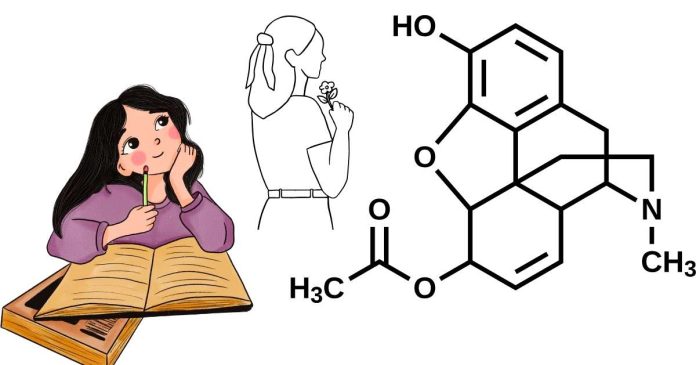The molecular formula C3H6 represents propene (also known as propylene), a hydrocarbon with three carbon atoms and six hydrogen atoms. To understand the bonding in C3H6, we need to construct its Lewis structure, which illustrates the arrangement of valence electrons in the molecule. Here’s a step-by-step guide:
Step 1: Count the Total Valence Electrons
Each carbon atom has 4 valence electrons, and each hydrogen atom has 1 valence electron. The total number of valence electrons in C3H6 can be calculated as follows:
- Carbon: 3 atoms × 4 electrons = 12 electrons
- Hydrogen: 6 atoms × 1 electron = 6 electrons
- Total valence electrons = 12 + 6 = 18 electrons
Step 2: Determine the Skeleton Structure
The molecular formula indicates that C3H6 is an alkene, meaning it contains a carbon-carbon double bond. Arrange the three carbon atoms in a chain, with a double bond between two of the carbon atoms:
H H
\ /
C = C — C
/
HIn this arrangement:
- The double bond is between the first two carbon atoms.
- The third carbon atom is single-bonded to the second carbon atom.
- Each carbon atom is connected to enough hydrogen atoms to satisfy the octet rule.
Step 3: Place the Valence Electrons
Distribute the valence electrons to satisfy the bonding requirements of the molecule:
- Each single bond (C-H or C-C) consists of 2 electrons.
- The double bond (C=C) consists of 4 electrons.
Assign electrons as follows:
- Central Carbon-Carbon Bonds:
- The first carbon is double-bonded to the second carbon (4 electrons).
- The second carbon is single-bonded to the third carbon (2 electrons).
- Hydrogen Atoms:
- Each carbon atom is bonded to enough hydrogen atoms to complete 4 bonds in total.
- The first and second carbons each bond with two hydrogens.
- The third carbon bonds with three hydrogens.
Final Lewis Structure
The complete Lewis structure of C3H6 (propene) looks like this:
H H
\ /
H—C = C — C—H
|
HStep 4: Verify the Octet Rule
- Each carbon atom has 8 electrons (shared in bonds).
- Each hydrogen atom has 2 electrons (a full valence shell for hydrogen).
This structure satisfies the valence requirements for all atoms in the molecule.
Resonance Structures
C3H6 (propene) does not have resonance structures because the double bond is fixed between the first two carbon atoms.
The Lewis structure of C3H6 illustrates a double bond between the first two carbon atoms and single bonds connecting the remaining atoms. This representation provides insight into the molecule’s bonding and geometry, essential for understanding its chemical properties and reactivity.



